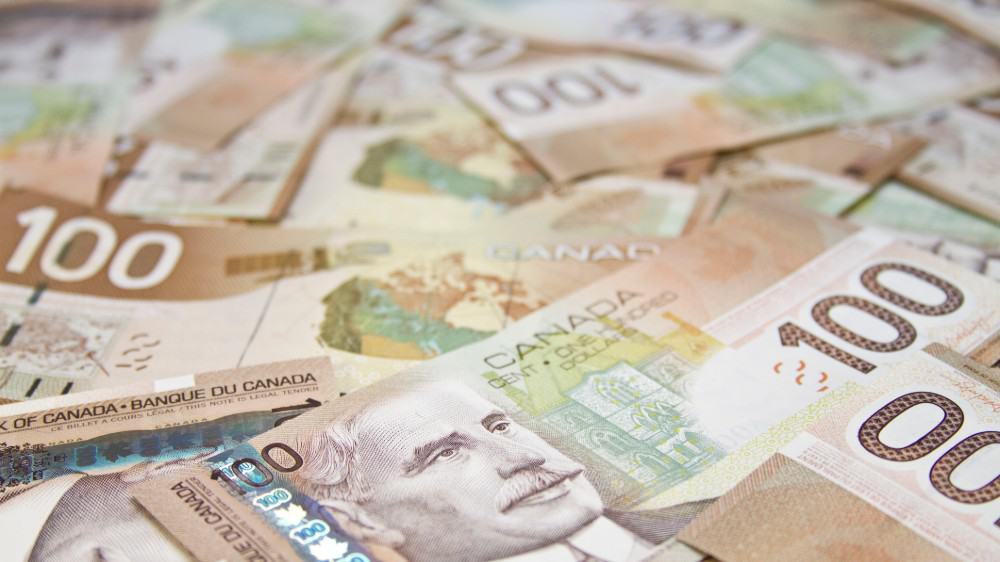If you’re a Canadian receiving CERB, one of the most crucial things to know is just how much tax you’ll owe on it. The CERB is a fully taxable benefit, and the onus is on you to remit to the CRA. This means you need to calculate how much tax you’ll owe on the CERB and find a way to pay it to the CRA. Actually paying up isn’t that hard. You can easily set up the CRA as a payee on your bank account.
Figuring out the amount owed, on the other hand, can be a challenge. Canada’s tax system is complex, with varying tax brackets, provincial and federal rates. To calculate how much tax you’ll owe on the CERB, you’ll need to know how all of these factors affect you. Then you need to apply your marginal tax rate to your CERB payments and deduct the appropriate amount of tax.
Here’s how to do it.
Step one: Estimate your annual income
The first thing you need to do to calculate the amount of tax you’ll owe on the CERB is to estimate your annual income. If you’re laid off, this estimate will necessarily be imprecise. In order really know how much your income will be, you’ll need to know exactly when you’ll get back to work, and how many CERB payments you’ll collect in the interim. Unless your employer has given you a firm re-hire date, this will be imprecise.
However, one thing can be said for sure: your income includes both your employment income, and the CERB payments themselves. Adding the two together, plus investments and other taxable benefits, gives you total taxable income. If you can’t come up with an estimate right now, don’t worry: you don’t file taxes for this year until 2021.
Step two: Find your marginal tax rate
Once you have an estimate of your income, you’ll need to find your marginal tax rate. That’s your combined federal/provincial tax rate on an extra dollar of income. If your highest provincial/federal combined tax rate is 50%, you’ll pay about 50% tax on your CERB money.
An important thing to note here is that investment income can influence your marginal tax rate. If you hold stocks like Fortis Inc (TSX:FTS)(NYSE:FTS), the income received will increase your taxable income. That, in turn, can increase your marginal tax rate.
If you hold $100,000 worth of Fortis shares, you’ll get about $3,500 in annual dividends. That’s easily enough to push you into a higher tax bracket. Additionally, if you sell some stock, you could achieve more income on top of that. As well, $10,000 in capital gains plus $3,500 in dividends would result in a lot of extra tax. It could also increase the tax you’ll have to pay on the CERB.
Step three: Apply that rate to your CERB payments
Once you know exactly what your marginal tax rate is, you’ll have to apply that to the amount of CERB you receive and pay the appropriate amount to the CRA. For example, if your marginal tax rate is 50%, you’ll owe the CRA $1,000.
Ultimately, you’ll need to wait until after your benefits end to know exactly how much CERB you’ll receive–and therefore how much tax you’ll owe.
Fortunately, you have until next year to file your taxes. In the meantime, it would be a good idea to bank as much of your CERB money as possible, so you have the funds to cover future taxes.









